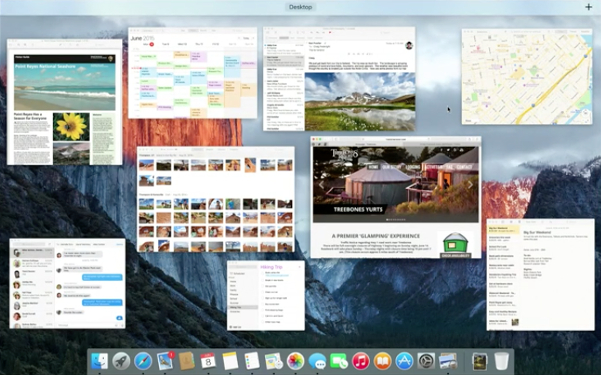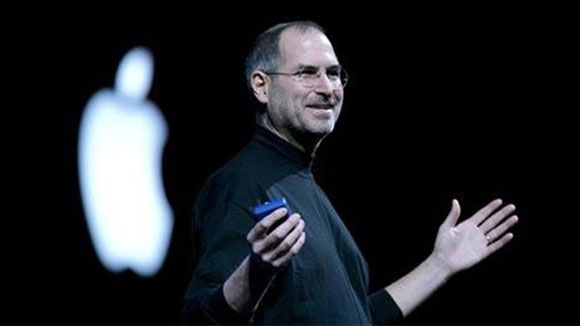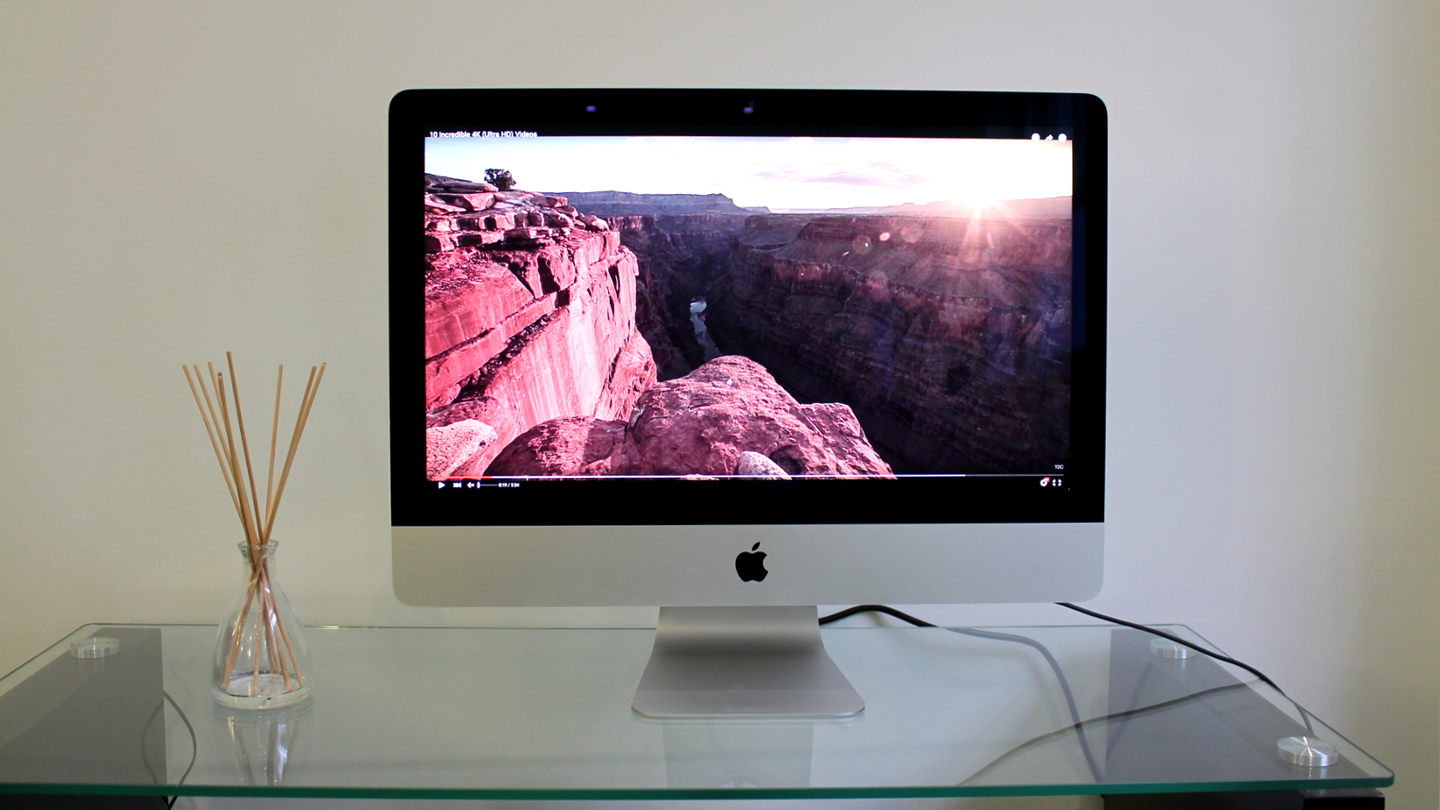What would the world look like if Apple licensed OS X to PC makers?
Quite different, unsurprisingly

Apple occupies an odd space in the PC market. The company, which originally started making personal computers in the 1980s, has since become best known as the maker of the iPhone but its Mac lineup. Its laptops and desktops are generally considered some of the best, if most expensive, computers available today.
Almost every review of a computer that comes with a bitten piece of fruit on the back is positive, if not glowing. The MacBook Pro, a powerful laptop aimed at on-the-go professionals, is regularly described as the best laptop in the world while the MacBook Air, its less powerful sibling, comes in second.
Apple's record is far from flawless in recent years, however, with the 12-inch MacBook (due to its single USB Type-C port) and the 2014 Mac mini - which is yet to see a refresh - being two bum notes among recent highs.
Aye aye, Capitan
It is OS X that makes Apple's computer lineup so compelling: The operating system is visually striking, fast, and available exclusively on Apple-made computers.
The decision to keep OS X all to itself came from Steve Jobs, Apple's co-founder and first CEO who put the "personal" into the company's computers as far back as 1984, when the original Macintosh was introduced, according to Walter Isaacson's biography.

Jobs decided that the option that yielded the best end-user experience was if Apple made both the software and the hardware for the Mac. While this model is not only fantastically profitable, it does actually work: Apple builds software with specific hardware in mind which means it integrates better. There is a reason that MacBook's have the best trackpads and, often, battery life.
It's important to understand how this differs from the "Windows model." Essentially, Microsoft chose the opposite route: Windows is made available—for a fee—to PC makers (referred to as Original Equipment Manufactures, or OEMs) who then made the hardware and bundle Windows.
Sign up for breaking news, reviews, opinion, top tech deals, and more.
Microsoft has built its entire business off the back of having Windows on as many computers as possible, but it was only through choice that Apple didn't compete in this way.
The market share figures tell most of the story: As of today, OS X has around 5% of the total PC market while Windows has over 90%. The total PC market is between 800 and 1 billion PCs, meaning that, well, Microsoft has a much larger footprint than Apple.
A different outcome
So, what would have happened if Apple decided to take the same tact as Microsoft and open OS X up to third parties?
The most likely scenario is that the market share of OS X and Windows would be roughly tied. There is little else to work from - especially as iOS, the operating system that powers the iPhone, is only available on one device - but the two operating systems are fairly evenly matched in terms of features, stability, and speed. (This is especially true of newer versions.)

Apple's MacBooks would also have had to compete against cheaper PC alternatives, likely from Dell, HP, ASUS, and so on, just like Microsoft does today with its Surface tablets. This would have had a negative effect on the MacBook's pricing, which is traditionally high, and could have forced Apple to lower it and decrease the margins it makes on its laptops.
However, it would mean that Apple's software would now be on around 400 million computers—assuming a 50/50 split with Windows in a market that is today's size—and the revenue from this would have been large. Microsoft's financials are made up, in part, by licenses that get sold to OEMs. In 2015, the company made $10 billion from this arrangement.

Apple, however, made around $25 billion from the Mac in the same period. This doesn't tell the whole picture, though, as much of Microsoft remaining revenue, like the $40 billion it made from licensing Windows to businesses, is dependent on Windows and its prevalence in the world.
If Apple had made OS X available to OEMs it could be Apple, not Microsoft, that was collecting that revenue from businesses. The enterprise side of Apple's business has recently been bolstered, reaching $25 billion in 2015, but that figure still represents around a third of Microsoft's comparable revenues.
The model Apple has settled for is, most likely, one it will stick with, especially as it has worked so well for the iPhone. The Mac is synonymous with OS X and vice versa and the upside potential isn't worth the perceived drop in quality that Apple's brand would suffer if its operating system shipped on low-quality, low-price hardware.
In recent years, the Mac has started to work far more closely with the iPhone, leading some to describe it as an accessory to the phone. This idea is both true and false. Some features, like Launchpad, have been taken from iOS (and Apple isn't afraid to admit it) but others are distinctly made for the Mac, like Final Cut Pro X and other high-end tools.
The past may have looked different for the Mac and OS X if Apple had chosen to open the operating system up to PC makers, but it still worked out pretty well for everyone.
Max Slater-Robins has been writing about technology for nearly a decade at various outlets, covering the rise of the technology giants, trends in enterprise and SaaS companies, and much more besides. Originally from Suffolk, he currently lives in London and likes a good night out and walks in the countryside.